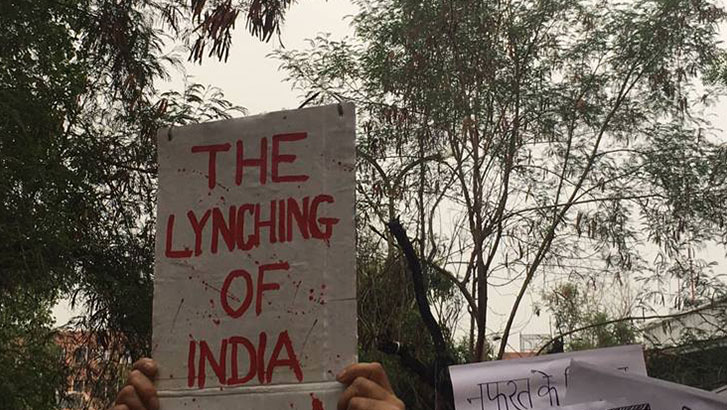A Case for Inclusivity in the Indian Education System
India is divided by multiple fault lines today, of gender, caste, religion, and lack of development in major areas.
Like, Share, Support…be the Voice Of Free Press
By Jibran Khan, Copy Edited by Adam Rizvi, TIO: These fault lines create systematic barriers for multiple individuals belonging to different communities in accessing these systems. The same gets exacerbated as one grows older as vulnerable communities are more likely to be excluded from these systems. A pertinent example of the same is the disproportionate harm that came to migrant workers in India under the lockdown, where individuals in the dearth of daily wages were necessarily forced to beg and worst starve to their unfortunate demise, without any government intervention as has been the case, it shows that because of failure of systems those at the lowest ends of our capital and social hierarchies are the ones who are harmed the worst.

Also, Read :A Powerful Slogan in The Neighbouring State, “Greater Nepal”
Similarly, in systems of education accessibility becomes the first barrier for a lot of individuals. However, if accessibility is the first step the problems of exclusivity become the second barrier. There’s no doubt in the fact that in a society divided by multiple distinctions stemming from the lottery of the birth, the same trickle down into the mindsets of children something that they inherit from discourses in their family. Inclusivity takes a hit in paradigms such as this and causes more social exclusion for multiple stakeholders and individuals. But thirdly, those coming from vulnerable communities in less developed areas of the country necessarily have lesser monetary capital also. The same leads to higher dropout rates in certain communities and that overall create an even higher gap in terms of the total accessibility of education that a community receives.
Also, Read :Kanpur Shelter Home Case: AIDWA submits Memorandum to NHRC

Similarly, fault lines in terms of gender necessarily make sure that women aren’t granted education, and even if they are there is significantly less amount of investment in their education vis-a-vis a boy child. Similarly, the dropout rates are higher because many parents don’t and at times are unable to provide access to education to them.
This scenario gets worse when it comes to the whole paradigm of higher education, individuals coming from education systems which aren’t as advanced in cities which aren’t as developed as our metropolitans, haven’t had the access to schools with top resources or too competitive coaching which is essentially prevalent in larger cities.
The gaps widen, when education from high school shifts to colleges where the research-based methodology is prioritized, and students with situated knowledge necessarily have an advantage over those who haven’t had the same benefits.
Also, Read :COVID-19 and New Pathways for Artists and Artisans
Also, Read :Picking up the straws of governance
Why is discussion important about the said narrative today more than ever today. In a time when due to the pandemic, India is recovering from a lockdown that lasted for more than seventy days, students from these societies were the ones who suffered the most. With no accessibility to online classes, or the privilege of internet connections and technological availability of devices, or even accessibility to resources being absent or worse the loss of monetary support from their parents and guardians during these times of uncertainty due to massive job losses in India make for a sad state of affairs which has been neglected for far too long. The whole idea of us living in privileged bubbles is that we can end up ignoring these realities and they won’t affect us, however, it’s more important today than ever to see where our education system could not create inclusivity or even create systems of accessibility and the same needs to be done with utmost prioritization in the coming future.
Jibran Khan is a 3rd year Law School student at the prestigious National Law University, Lucknow India, interested in Constitutional Law and Policy and Arbitration and dispute resolution.
Compiled and Curated by Maham Abbasi.



